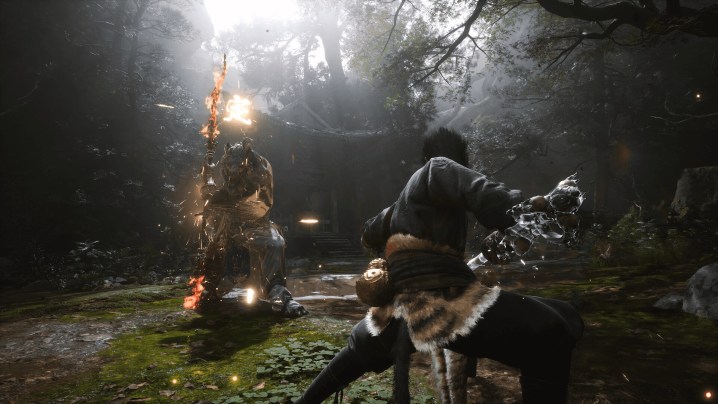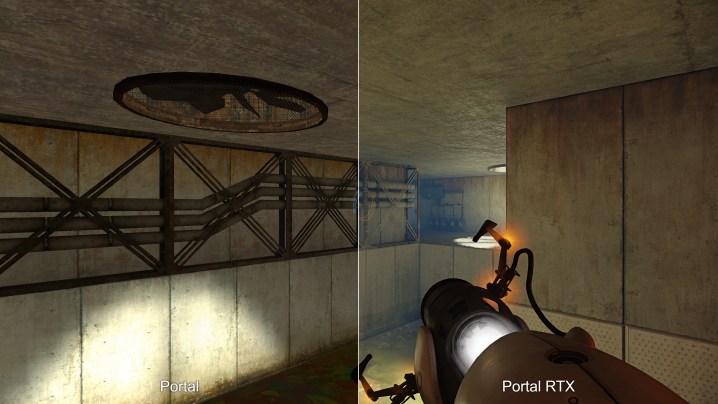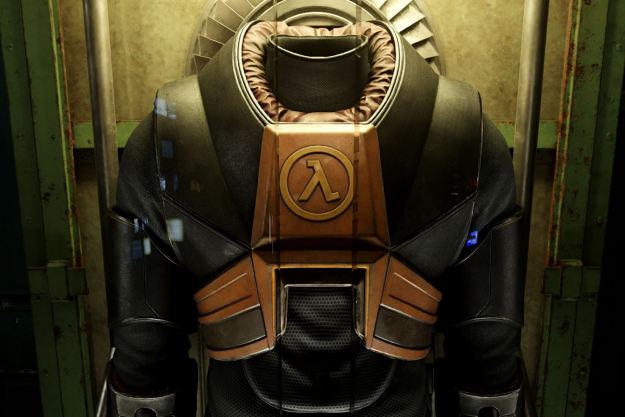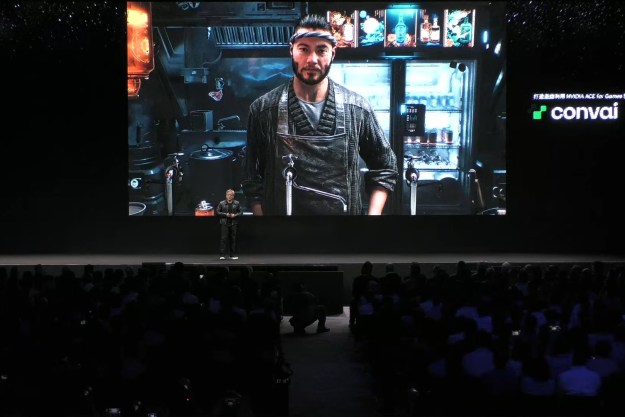
As if I wasn’t already looking forward to Black Myth: Wukong enough, Nvidia just announced that the game is getting the full RTX treatment when it launches on August 20. We see new games with ray tracing and Nvidia’s Deep Learning Super Sampling (DLSS) all the time, but Black Myth: Wukong is joining a very small list of titles that currently leverage the full suite of features Nvidia has available.
The game comes with, as Nvidia describes it, “full ray tracing.” That undersells the tech a bit. As we’ve seen with games like Alan Wake 2, “full ray tracing” means path tracing. This is a more demanding version of
To get Black Myth running at decent frame rates, the game will use DLSS 3.5. This includes the full suite of DLSS features, including Super Resolution, Frame Generation, and Ray Reconstruction, the last of which is particularly noteworthy. Currently, it’s only available in two titles: Alan Wake 2 and Cyberpunk 2077.
Black Myth: Wukong isn’t the third game to receive support, though. Nvidia also announced that it’s bringing Ray Reconstruction through DLSS 3.5 to both Portal with RTX and Naraka: Bladepoint. The Portal with RTX upgrade is available now, so you can download the game for free and try out the new additions — given you have an RTX 40-series GPU.

The details on Naraka are a bit sparse. Nvidia says it will get a path tracing update “soon” to three areas that are available through the PvE and PvP modes. We don’t know what three areas those are now, but Nvidia says further areas will see a path tracing upgrade in the future.
Nvidia first announced DLSS 3.5 in August of last year, with the first game arriving in September (Cyberpunk 2077’s Phantom Liberty expansion). Since then, we haven’t heard about any other games sporting the tech. Black Myth: Wukong launching with support is a positive sign that we’ll still see more games with features like Ray Reconstruction, though I don’t imagine it will be a mainstay like upscaling tech in modern titles.
Maybe we’ve seen such slow adoption due to how restrictive DLSS 3.5 is. You need an RTX 40-series GPU to unlock the full suite of features, which, even with GPU prices falling, are still expensive graphics cards. In addition, the impressive Ray Reconstruction feature is only currently available in demanding path tracing modes, effectively locking out lower-end options in Nvidia’s current-gen lineup.
Editors' Recommendations
- Gaming laptops vs. desktops: here’s how to decide which to buy in 2024
- Nvidia is bringing ray tracing and DLSS 3 to your car
- Nvidia is missing a golden opportunity in PC gaming
- All ray tracing games on PC: AMD Radeon and Nvidia RTX ray tracing
- Nvidia’s DLSS 3.5 update flips ray tracing on its head




